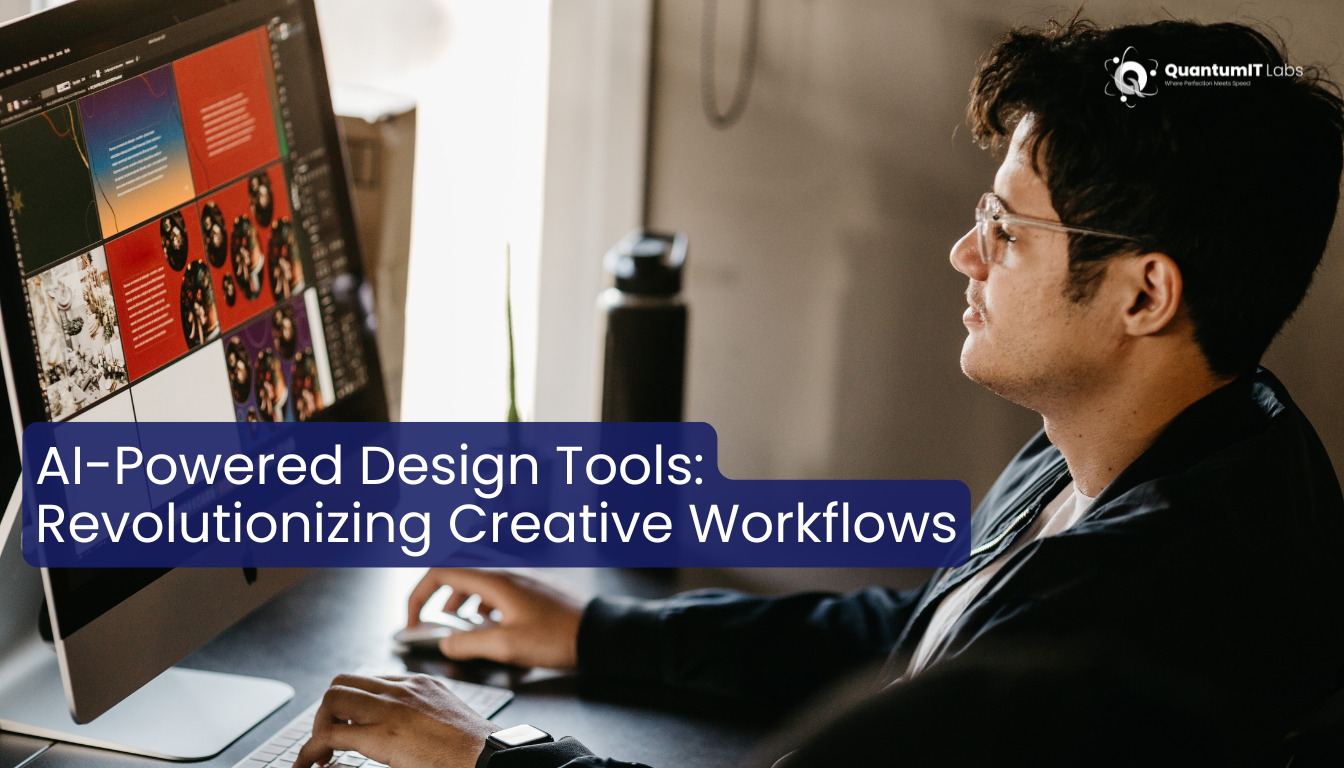AI technology has made significant strides across industries, and the design world is no exception. In recent years, the rise of AI-powered creative tools has completely transformed how designers approach their craft. These tools leverage machine learning and deep learning algorithms to assist with tasks such as generating designs, enhancing creativity, and automating repetitive processes. AI is quickly becoming an essential part of the designer’s toolkit, empowering creators to work faster, smarter, and more efficiently.
AI-Assisted Graphic Design and Image Creation
One of the most notable advancements in AI design is the creation of tools that assist with graphic design and image generation. Tools like DALL·E, MidJourney, and Adobe Sensei are enabling designers to generate high-quality visuals from text prompts or by enhancing existing images. These tools allow for instant creativity and provide endless design possibilities, helping designers create compelling visuals in minutes instead of hours.
AI-driven design platforms can also help designers by suggesting layouts, fonts, and color schemes that complement their existing designs. By analyzing trends and user preferences, AI can automate much of the decision-making process, freeing designers to focus on higher-level creative tasks.
Automation of Repetitive Tasks
Designers often spend a significant amount of time on repetitive tasks, such as resizing images, cropping, or adjusting text. AI design tools can now handle these mundane tasks, saving designers hours of manual work. For instance, tools like Canva’s AI-powered editor or Figma’s smart layout adjustments allow users to automate time-consuming actions like aligning elements, optimizing images for web use, and resizing designs for different platforms. This boosts efficiency and enables designers to focus on more meaningful aspects of their projects.
Personalized User Experience in UI/UX Design
AI is also playing a transformative role in user interface (UI) and user experience (UX) design. By analyzing vast amounts of user behavior data, AI can provide insights into how users interact with a website or app. This helps designers create more intuitive and user-friendly experiences. For example, AI can recommend design adjustments based on user interactions, optimize the layout for better usability, and even personalize the design in real-time based on the user’s preferences.
Moreover, AI tools are helping designers create adaptive and responsive designs that automatically adjust to different screen sizes, ensuring a seamless experience across devices.
AI-Generated Prototyping and Wireframing
Traditionally, prototyping and wireframing have been time-consuming stages of the design process. However, AI-powered tools are now streamlining this phase by automating the generation of prototypes and wireframes based on design briefs or initial sketches. Platforms like Sketch2Code by Microsoft use machine learning algorithms to convert hand-drawn wireframes into digital prototypes, saving designers significant time and effort.
AI can also assist in testing prototypes by simulating user interactions, providing valuable feedback on how the design will function in a real-world scenario. This helps designers identify potential usability issues early on and make data-driven decisions.
Collaborative Design with AI
AI is enabling greater collaboration among design teams, especially in distributed work environments. With AI-powered tools that offer real-time feedback, collaboration on design projects is more seamless than ever before. AI platforms like Figma or Adobe XD allow designers to work together on the same project simultaneously, providing suggestions, edits, and design modifications in real-time.
Additionally, AI can help with version control, making it easy to track design changes and restore previous iterations if necessary. This fosters better teamwork and improves the overall quality of the final product.
Challenges and the Future of AI in Design
While AI offers a wealth of opportunities for designers, there are challenges that need to be addressed. One concern is that AI-generated designs may lack the human touch, creativity, and emotional intelligence that truly exceptional designs require. Designers must ensure that they maintain a balance between AI assistance and human creativity to produce original and impactful work.
As AI tools evolve, we are likely to see even more advanced applications, such as AI-powered design assistants that can collaborate with designers throughout the entire creative process. The future of design will undoubtedly be shaped by these innovations, making AI an indispensable tool for the modern designer.
Conclusion
AI-powered design tools are revolutionizing creative workflows by enhancing productivity, automating repetitive tasks, and offering new creative possibilities. From graphic design to UI/UX development and prototyping, AI is changing how designers work, enabling them to produce high-quality designs faster and with greater precision.
As these tools continue to evolve, designers will be able to focus more on the creative aspects of their projects while leveraging AI to handle the technical and time-consuming parts. The future of design is undoubtedly bright with AI, and it’s only a matter of time before these technologies become an integral part of every designer’s toolkit.

